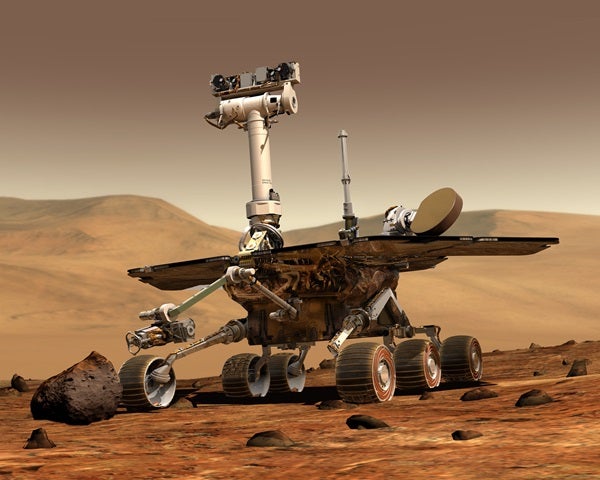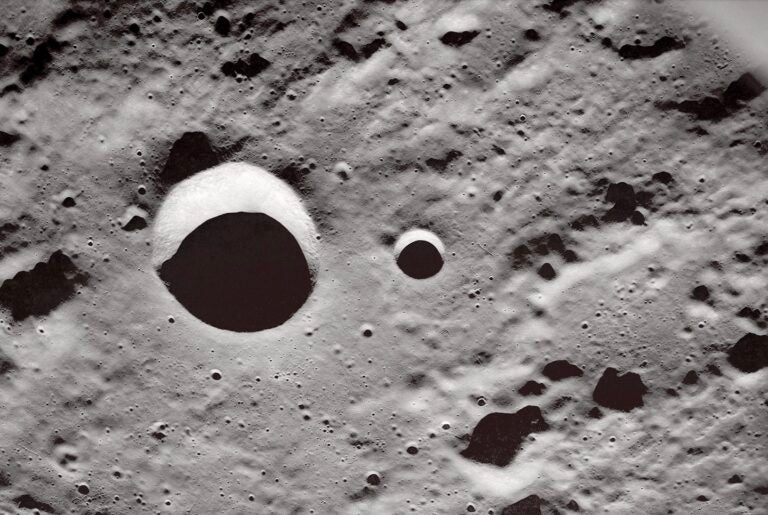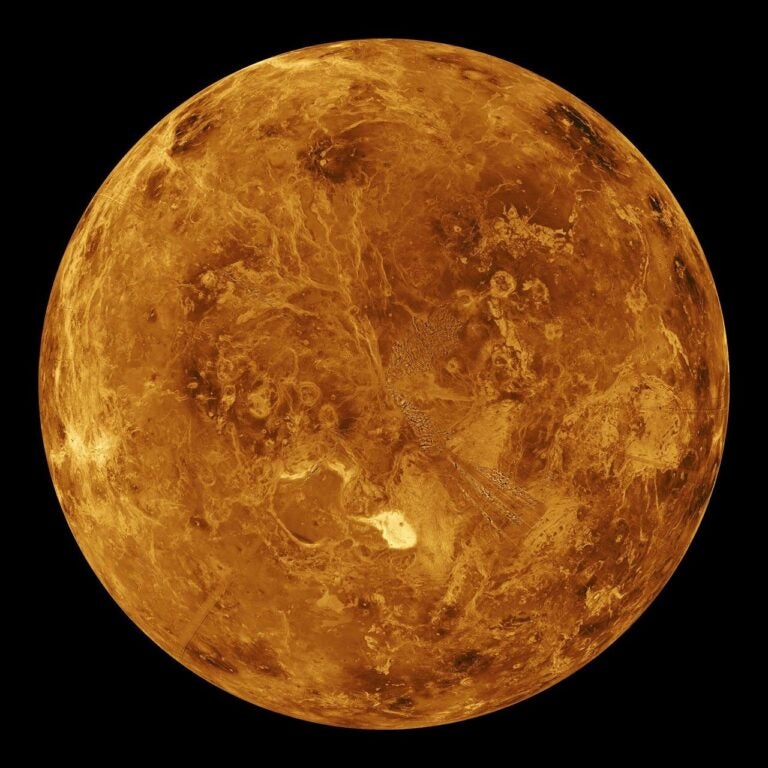The storm was not a complete surprise; Mars is now entering a dust-storm season, as planetary scientists have expected. Martian dust storms range from small — less than 1,200 miles (1,930 kilometers) across — to much rarer huge, planet-spanning storms that can cover one-third to one hundred percent of the surface.
This particular storm was first detected May 30 by NASA’s Mars Reconnaissance Orbiter (MRO). At the time, it was about 620 miles (1,000km) from Opportunity, but the rover’s team began developing contingency plans in case the storm advanced. It did — by June 6, dust had begun obscuring the sunlight needed for the rover’s solar panels to churn out power, dropping the rover’s capacity to carry out extended tasks. Over the course of two days, Opportunity’s ability to generate energy dropped by half. That level dropped by half again in a single day. On June 10, the rover transmitted data back to Earth showing the opacity of Mars’ atmosphere (a measure of dust) was currently twice as high as had ever been measured previously on the planet.
The rover has been silent since then, and team members have been unable to communicate with it after June 10. An attempt to reach the rover on June 12 was met with silence. The team is now assuming Opportunity has gone to sleep, waiting out the storm until the atmosphere clears and it can once again charge its power supply. While “asleep” — in what engineers call low power fault mode — all of the rover’s systems, save a mission clock, are off. The clock will periodically wake the rover to determine whether the batteries have collected enough charge (which will happen once the solar panels are again exposed to sunlight). If not, the rover will go back to sleep.
As of June 12, the storm had expanded to cover 14 million square miles (35 million square km), which on Earth would blot out all of North America. Opportunity’s last recorded temperature was -20° F (-29° C), but swirling dust can actually help to stabilize local temperature, so at least the sleeping rover won’t have to worry about the dramatic temperature swings that occur over the course of a martian day. Still, the rover’s batteries are equipped with heaters, which are necessary to prevent the cold from sapping their charge, but also require energy to run.
This animation contains images taken by MRO between May 31 and June 11, showing the dust storm (salmon-colored) spreading across Mars toward Opportunity’s location, ultimately engulfing the rover.
NASA/JPL-Caltech/MSSS
While this isn’t the first time Opportunity has gone to sleep to weather a martian storm, the last time was in 2007 — when the rover was a spry three years old, and only about 1,000 days past its planned 90-day mission warranty. Now, Opportunity is nearly 15, more than 5,000 days past that initial warranty period. In 2007, Opportunity maintained minimal power operations for two weeks, and went to sleep for several days before contact was reestablished. Today, its mission team is crossing their fingers the little rover that could will again prevail to continue trekking across the face of the Red Planet for years to come.

Are you ready to take a closer look at Mars? Check out our free downloadable eBook: Mars: Exploring the Red Planet for a look through some of our best articles on our neighboring world.











